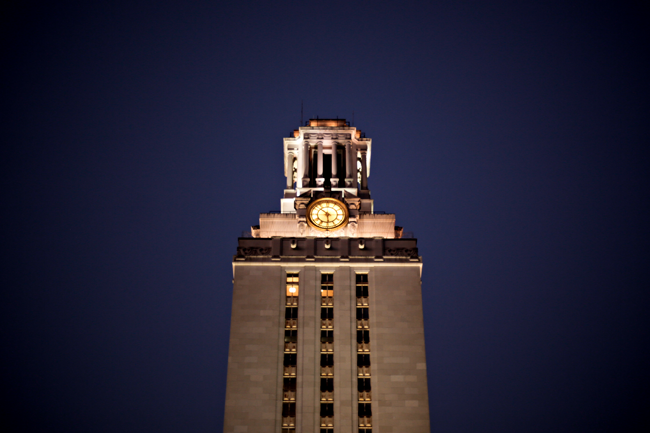Gov. Greg Abbott’s recent $7.2 million educational proposal attempts to form “Innovative Academies,” a grant program for STEM subjects to be emphasized in Texas high schools. Abbott’s program intends to create a future workforce primed for jobs in the energy, defense and tech industries and therefore increase economic growth in the state. Such a measure is particularly timely, as student interest in STEM majors has been stagnant since 2011. UT Austin, however, continues to grow in its STEM major enrollment.
But in the wake of steep cuts to public schooling, Abbott’s proposal is feeble and insubstantial for our declining school system, one plagued with increased class sizes, staff cuts and deferred building improvements, among other burdens. Abbott continues to fail Texas K-12 students and their parents with his lack of meaningful funding reform as he presides over an education system ranked among the lowest eight states in quality according to Education Week.
During his tenure as attorney general in 2011, Abbott fought Texas school districts that sued the state for its devastating $5.4 billion budget cut to public schools. Though the Texas Constitution enforces the attorney general to uphold passed legislation regardless of opinion, Abbott, as governor, failed to rectify the cuts last year when lawmakers passed the two-year state budget.
Under Abbott, $1.5 billion have been restored to public school funding. Although 90 percent of the 2011 cuts have been restored, this amount has also ignored currency inflation and an increasing school population. As a result, Texas school districts continue to demonstrate blatant setbacks from the punishing 2011 cuts.
In the Leander School District, north of Austin, elementary schools absorbed the majority of the cuts by overloading students into third and fourth grade classrooms in order to hire fewer teachers. This dilemma broadens statewide where K-12 classes exceeding the 22-student limit have grown by 63 percent since the 2011 cuts. Also in the latest STAAR scores (a test calculating high school preparedness), the lack of significant score improvements since 2014 further demonstrates how strained public schools are.
Although Abbott has worked with lawmakers this past year to pass numerous educational programs focused on math and reading for early childhood education programs, he has left middle and high school education to the fate of a decrepit funding system. The Texas Supreme Court, despite this year upholding the public school funding system as constitutional, criticized it as an “ossified regime ill-suited for 21st century Texas.”
As an elected official who touts the goal that “[Texas] must become the leader at educating our children,” Abbott bestows further responsibility upon himself to reform and modernize Texas education spending. He must abandon the current complacency, particularly the kind embodied by Lt. Gov. Dan Patrick who remarked that the current funding system is fine because schools districts have “survived” so far.
Though Abbott’s policy of “Innovative Academies” may hold promise, if our school districts and students are to thrive, Abbott must first push lawmakers to pass bills that adequately fund Texas school districts.
Zhao is a government and corporate communications junior from Shanghai, China. Follow him on Twitter @_albertzhao.





















